5 Restaurant Design Ideas for Small Businesses
From cafes to sports bars, small businesses can improve their capacity by using restaurant design ideas that maximize available space through layout planning.
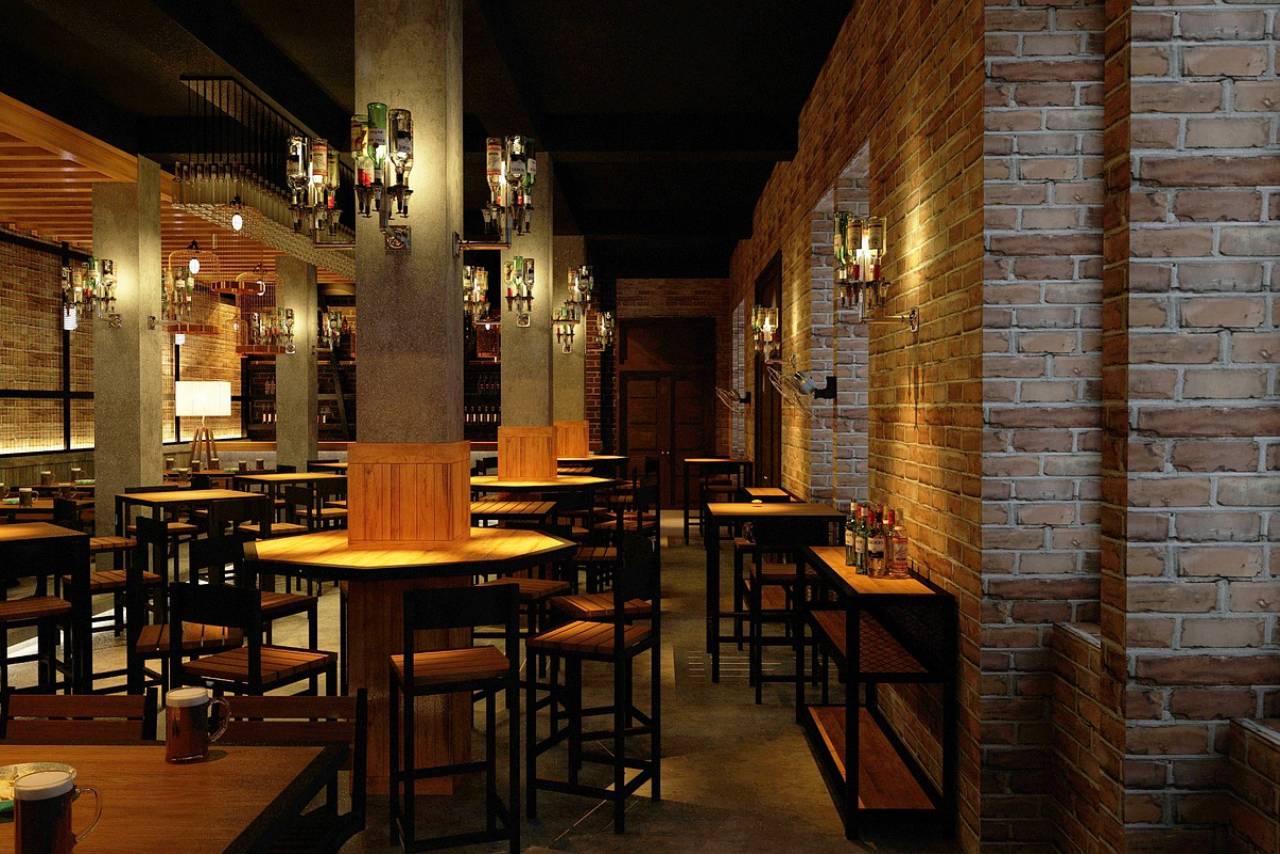
Designing a restaurant can be tricky, as it requires compliance with strict regulations, as well as creating curb appeal. Small businesses especially have the challenge of optimizing limited space to maximize their capacity and accommodate customers.
By considering the best restaurant design ideas, small businesses can provide comfortable customer experiences and establish a smooth workflow while remaining compliant with safety guidelines.
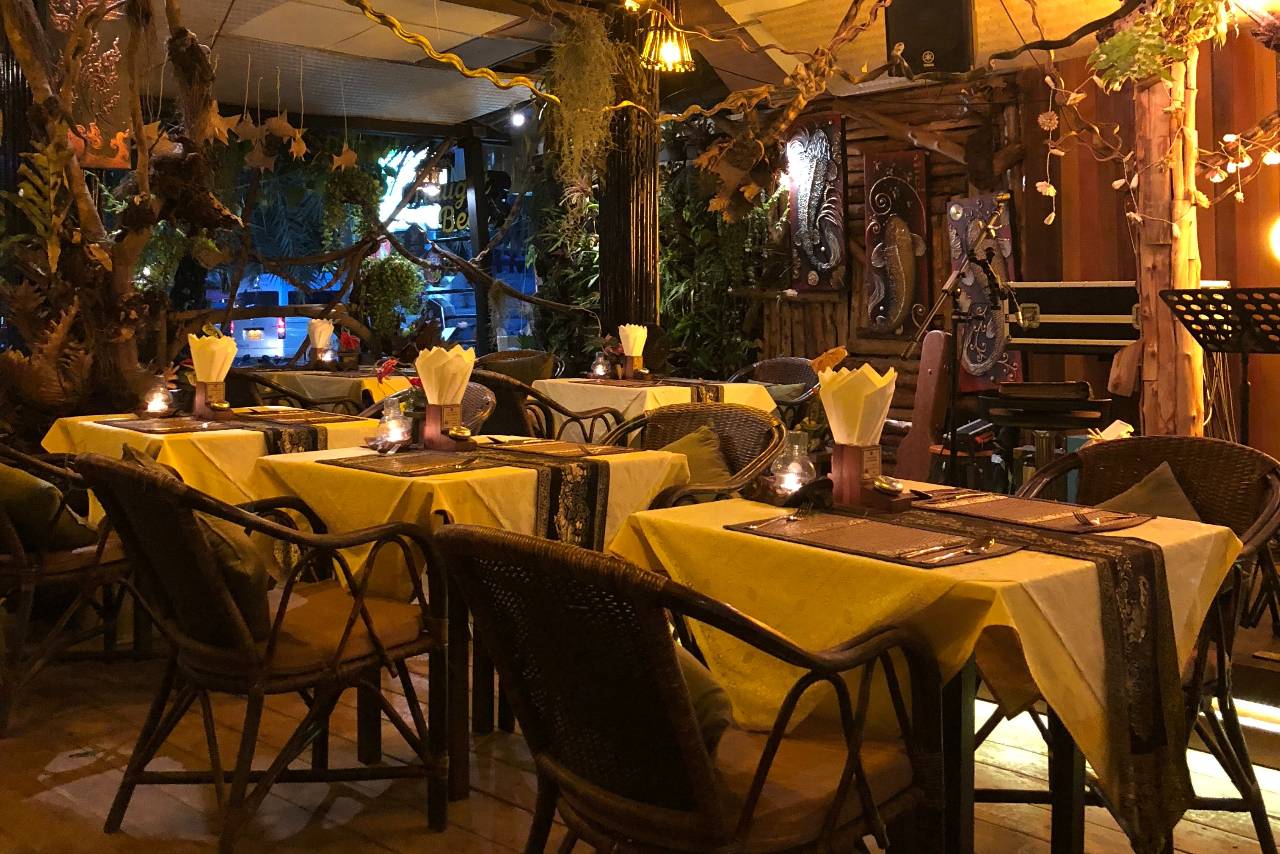
5 Restaurant Design Ideas
With these five design ideas, small businesses can ensure their restaurant is safe and attractive-
1. Create a Spacious Layout
Before worrying about the aesthetic, owners need to create a floor plan that can accommodate furniture, decorations, equipment, and anything necessary for operations.
For small businesses, restaurants should have a 6-4 dining area to kitchen space ratio. This means that 60% of a building should be dedicated to the dining area and 40% to the kitchen.
When outlining the dining and kitchen areas, restaurants should consider-
Dining Area
The main priority when designing the dining room is spacing the tables and chairs appropriately. Typically, restaurants should maintain-
- 18 inches between each occupied chair
- 42-60 inches between each square table
- 24-30 inches between the corners of diagonal tables
However, with new social distancing mandates, restaurants are required to keep customers six feet apart at all times. Therefore, businesses need to spread tables 72 inches away from each other.
Kitchen Area
The kitchen space should have designated areas for each task so staff can easily navigate around each other. Every kitchen should have four primary stations-
- Hot Station - Ranges, warmers, fryers, grills
- Cold Station - Refrigerators, freezers, coolers
- Cleaning Station - Sinks, dishwashers, drying racks
- Preparation/Baking Station - Cutting boards, knives, mixing equipment
- Delivery/Takeout Station - Counter or shelves for outside orders
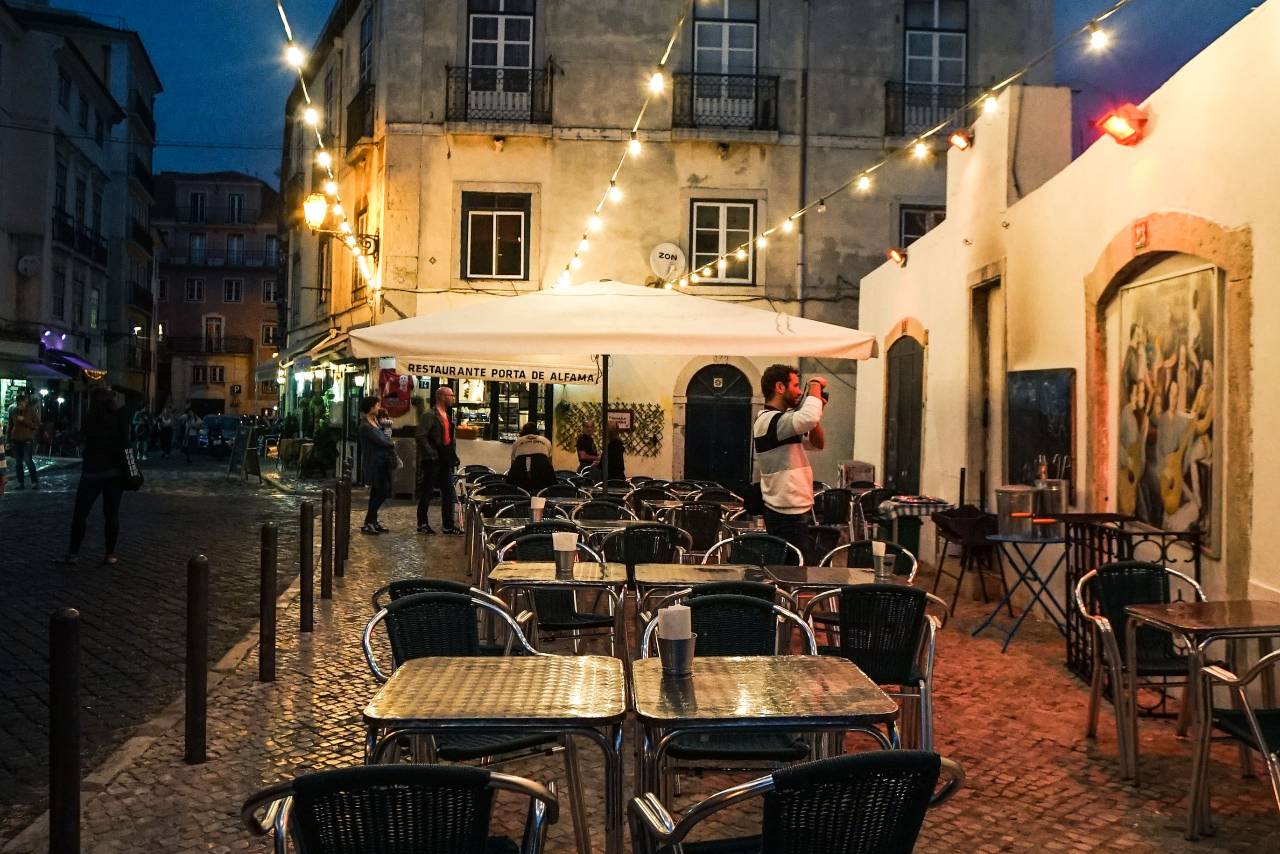
2. Design a Welcoming Entrance
Customers shape their impression of a brand from the first thing they see, which is generally the entryway. While small businesses may not have much space to work with, there are ways to maximize the available room-
- Eliminate the Waiting Area - With the new social distancing measures, restaurants no longer need waiting areas as they expose customers to crowded settings. Instead, establishments should invest in software that alerts guests when their table is ready. This enables customers to wait in their cars to remain at a safe distance.
- Implement a Capacity Counter - Many restaurants are ordered to run at a quarter or half capacity to maintain the appropriate distance between guests. With a visible capacity counter, visitors and management can check how many people are in the dining space at any given time.
- Minimize Foot Traffic - Restaurants with multiple doorways should designate an entrance and exit to establish a uniform traffic flow.
- Create Sanitizing Stations - Restaurants should install sanitizing stations at each exit, as well as a bottle on every available table.
- Install Partitions - Restaurants can increase their capacity by installing partitions between tables, checkout counters, and hostess booths.
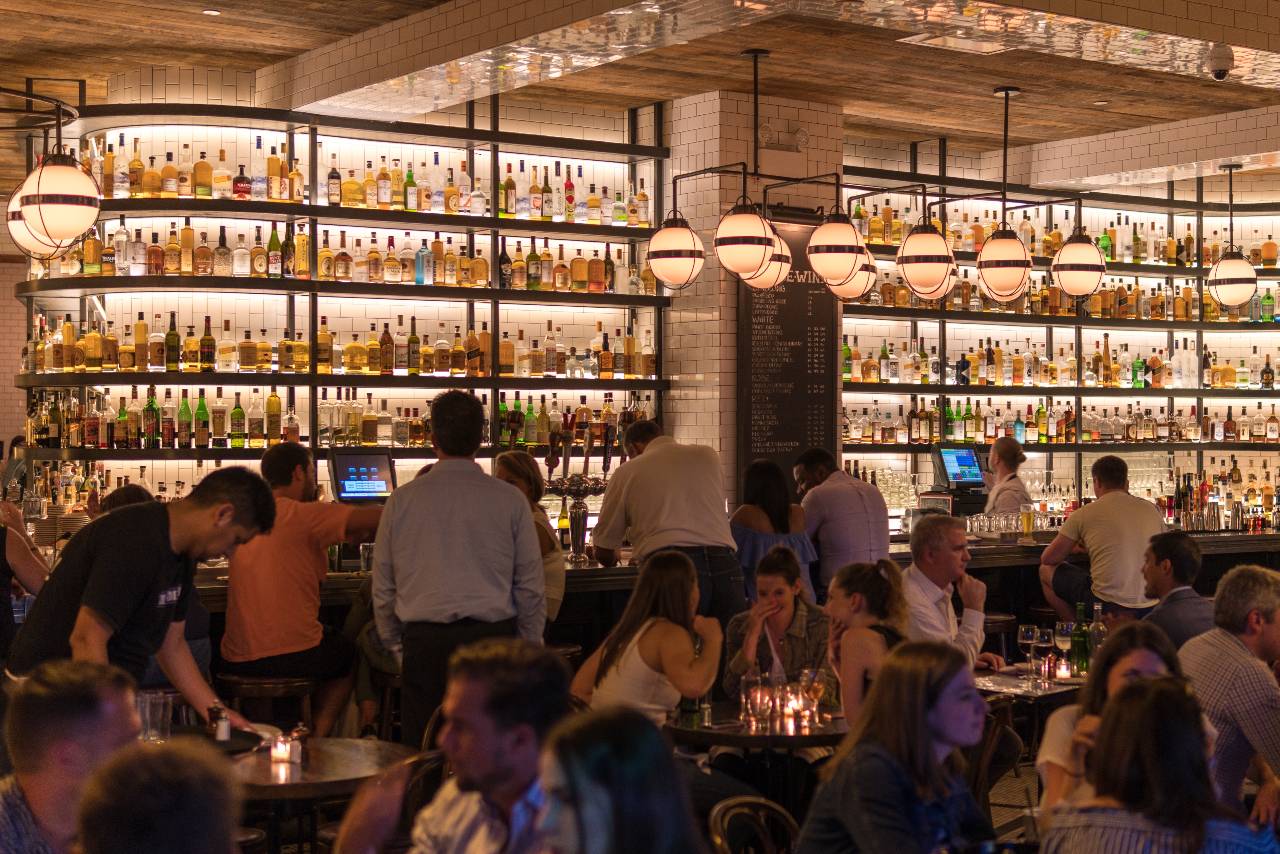
3. Emphasize the Bar
While larger restaurants are able to offer multiple bars in their waiting, outdoor, and dining areas, small businesses often only have enough room for one, if any. Therefore, small restaurants should place the bar in the front of the house, making it the focal point.
Establishments can also place the bar in the back if they have a wider building, so it is the first thing guests see. For narrow buildings, the bar should run alongside the wall, leaving room for the tables and chairs in the open floor space.
Restaurants must be sure to keep the bar six feet from tables and block every other stool. However, some states do not allow bartop seating, so owners should check with their local and state officials to confirm guidelines.
Once the bar setup is complete, owners can experiment with the lighting, decorations, and liquor placement. Many restaurants place light fixtures above tall shelving units, which hold the glasses and alcohol. This keeps the beverages organized and visible to the customers.
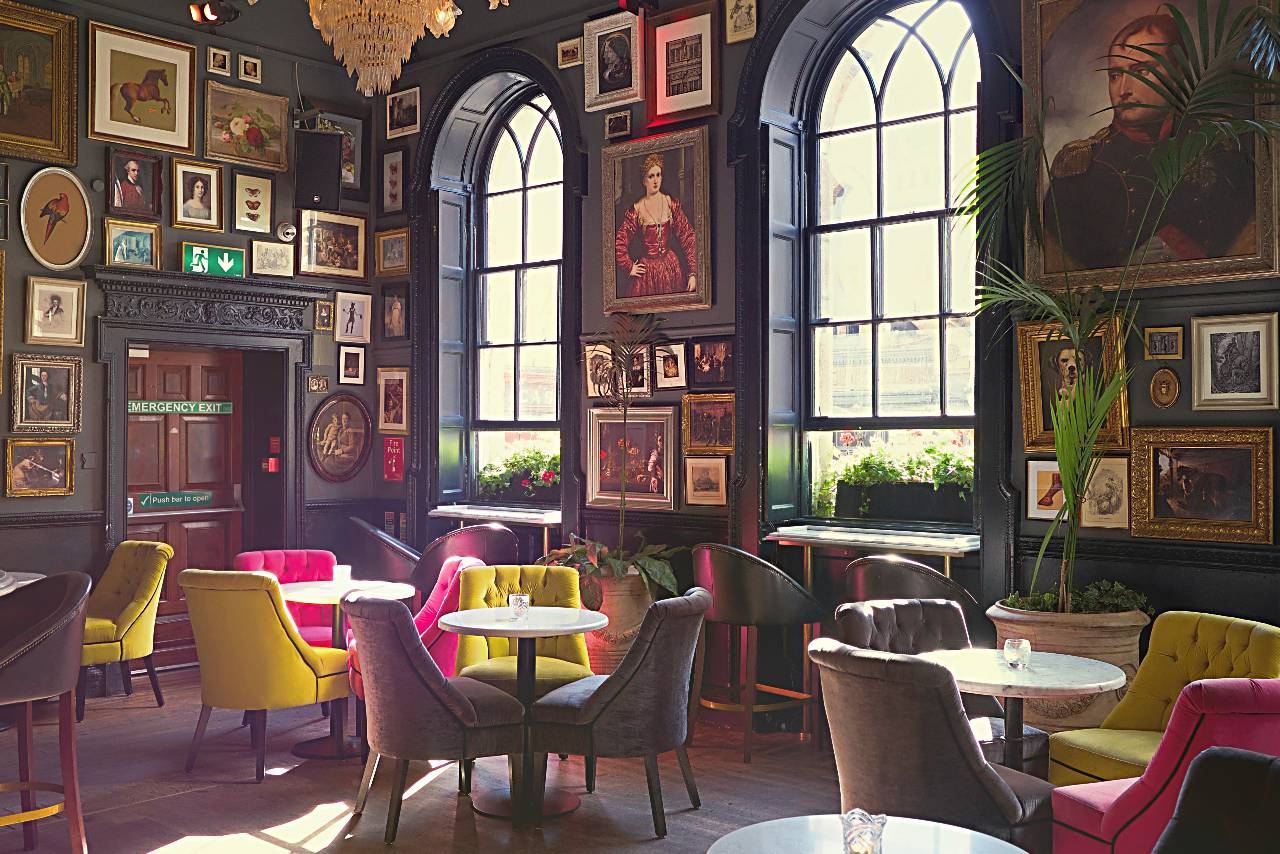
4. Decorate to Create an Atmosphere
The decor is the element where restaurants can showcase their creativity and express their brand's identity. Whichever theme a restaurant chooses, they must keep it consistent along the walls, ceiling, and floors to create a harmonious atmosphere.
For example, sports bars tend to place jerseys, flags, and photos of athletes throughout the space.
Aside from themes, color schemes can also affect the atmosphere of a restaurant. Dark colors, such as deep reds, beiges, and black, create a cozy, relaxed environment. On the other hand, light colors like green, blue, and white make spaces seem larger and more open.
To create an illusion of larger rooms, restaurants can also place mirrors on the walls to make spaces appear longer or broader.
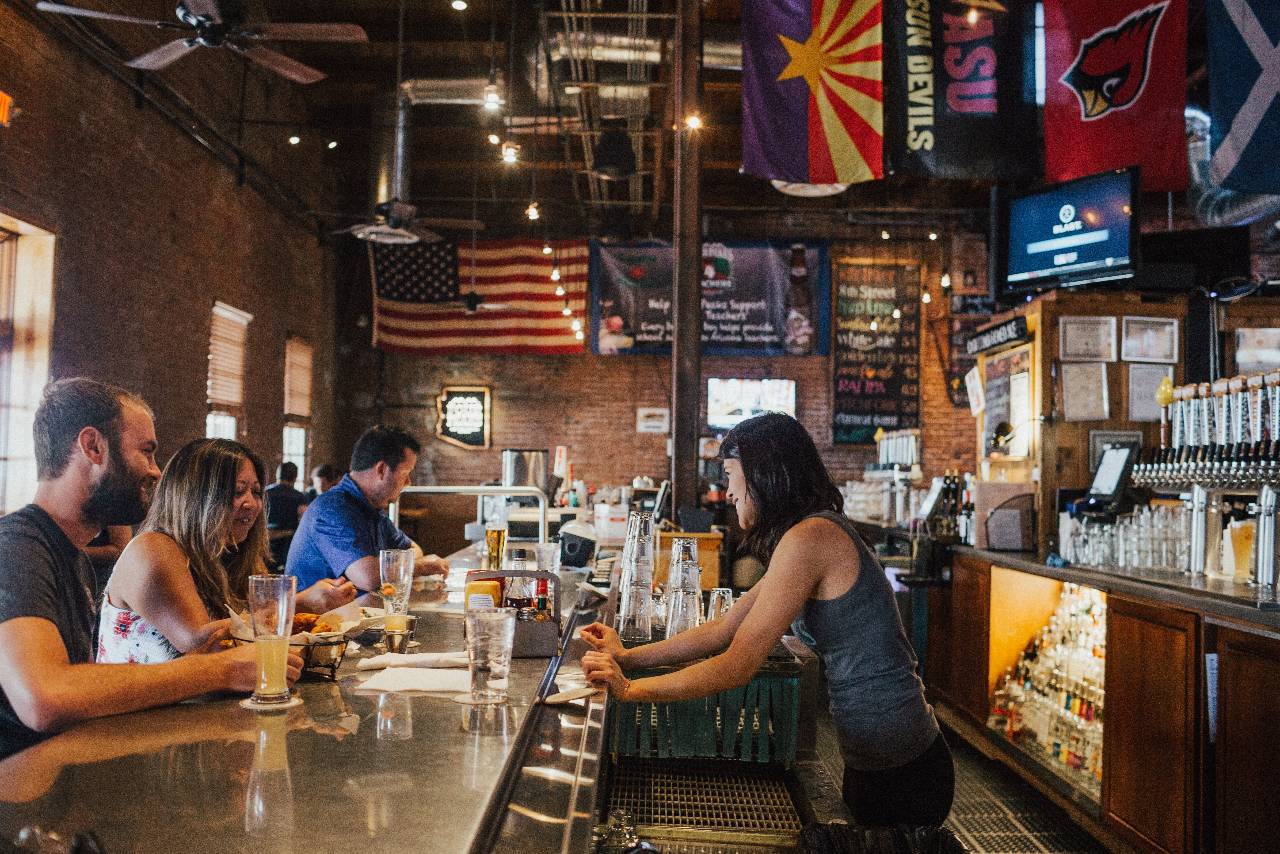
5. Find High Visibility Areas for Televisions
For restaurants wanting to provide live television to customers, they should place screens in areas that are visible to all diners, regardless of where they are seated. For narrow buildings, managers can place TVs on either side of the bar, whereas wider spaces may provide more room in the back.
Sports bars and restaurants that showcase major live events should have multiple TVs around the building so guests at the bar and tables can see the screens.